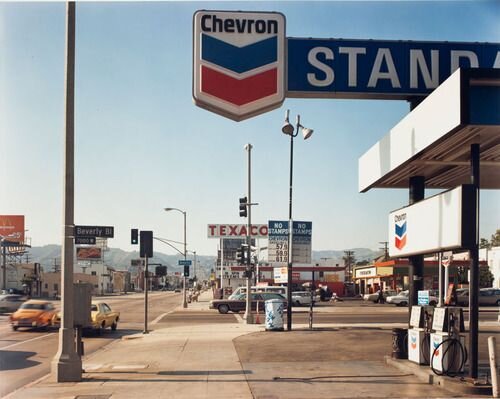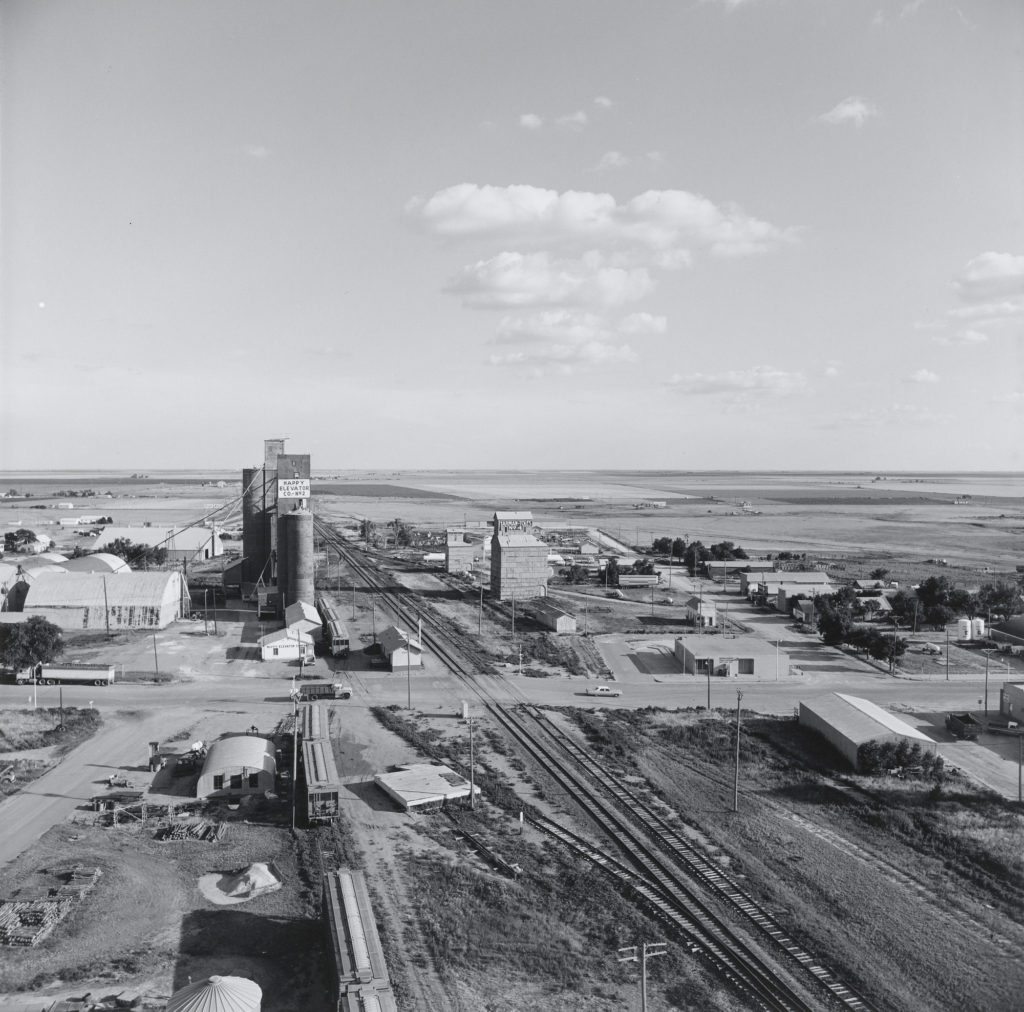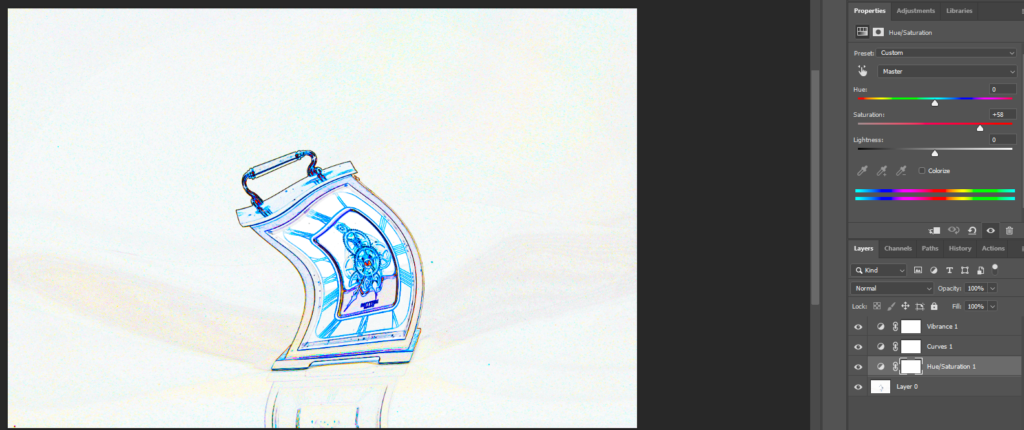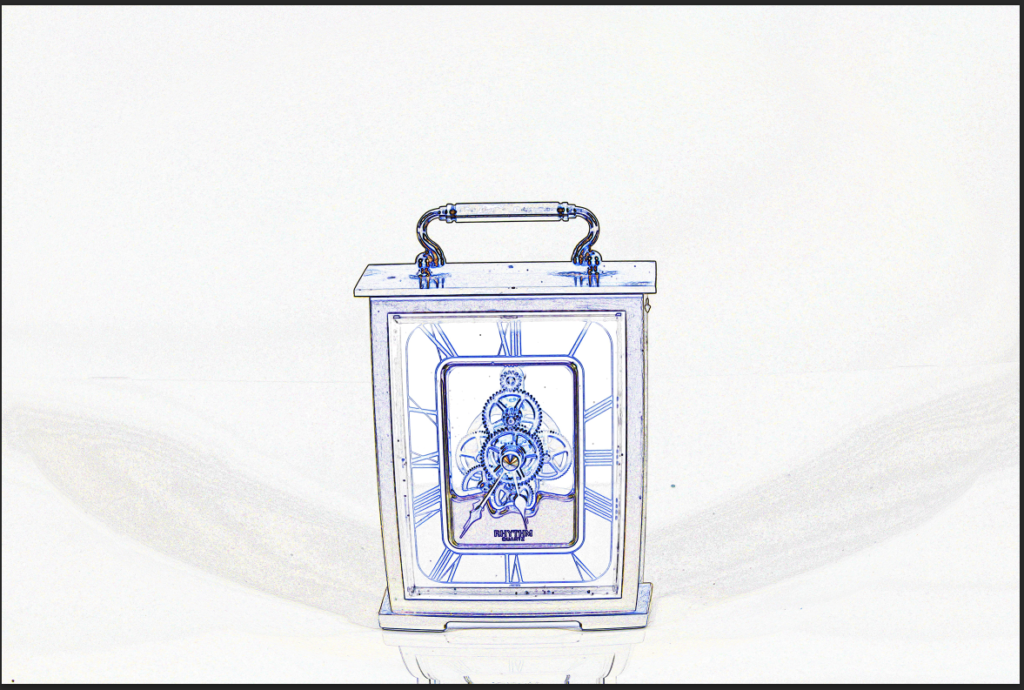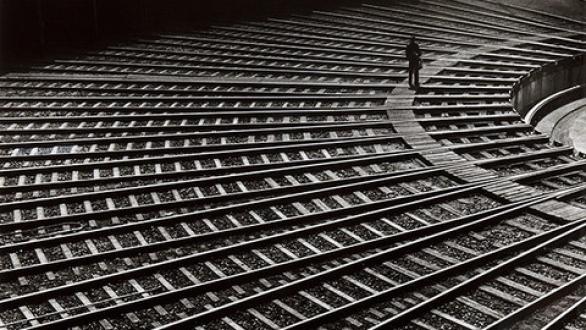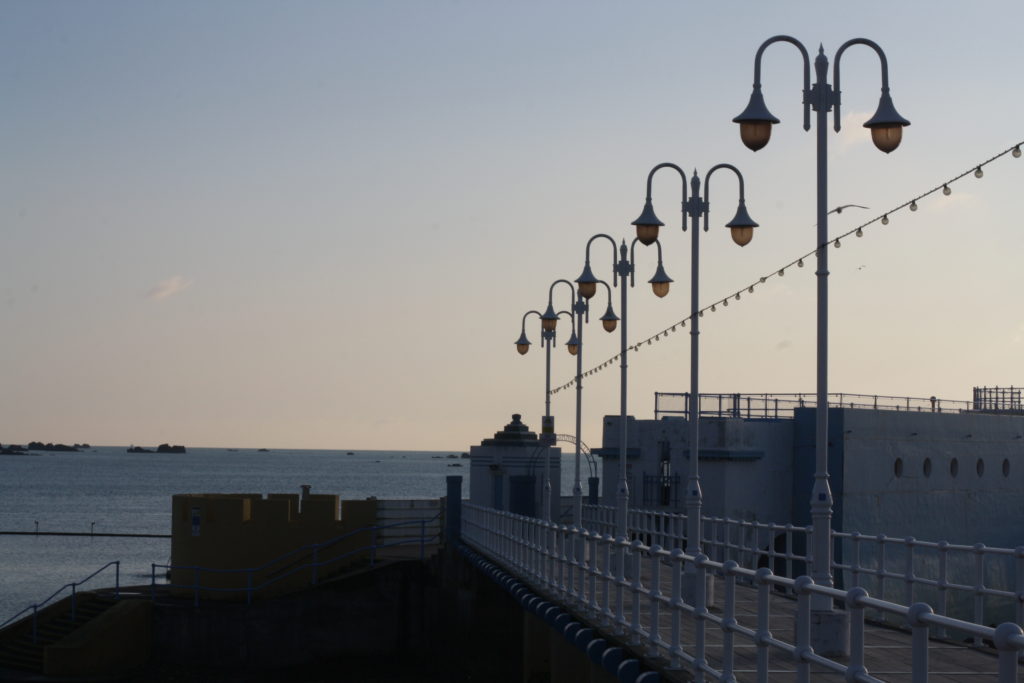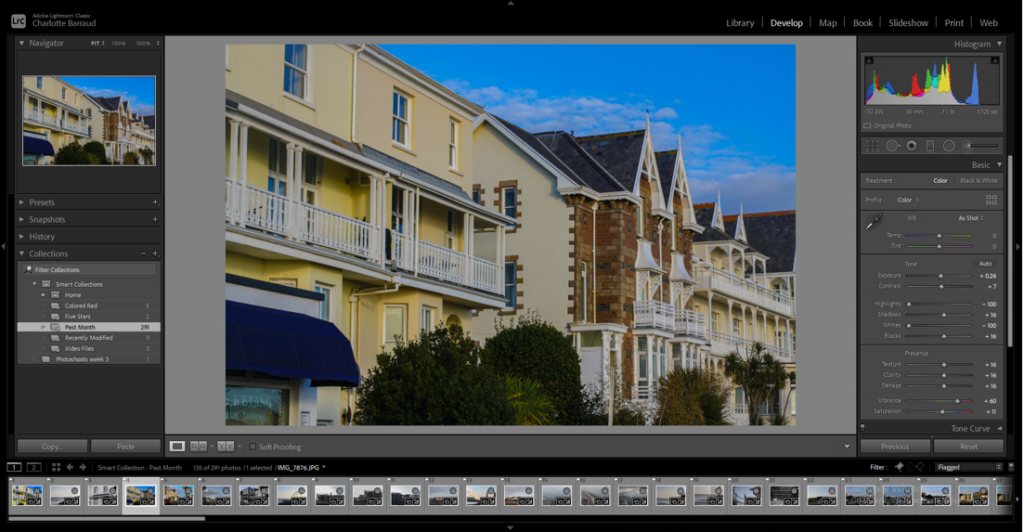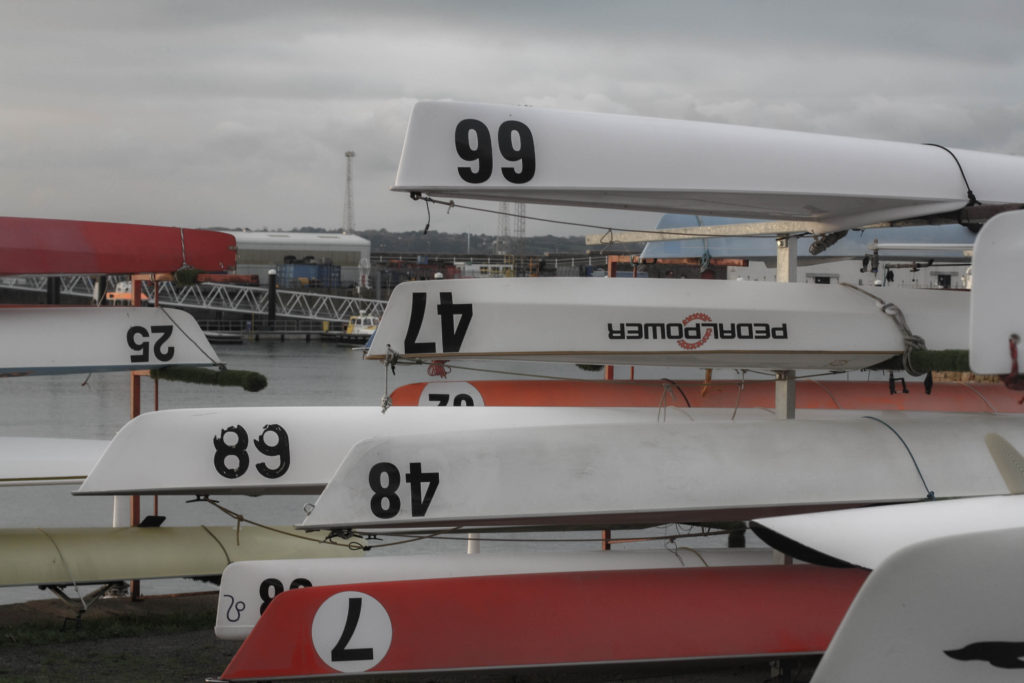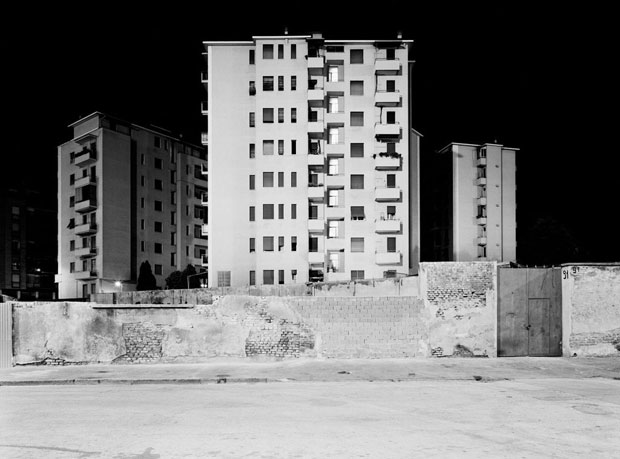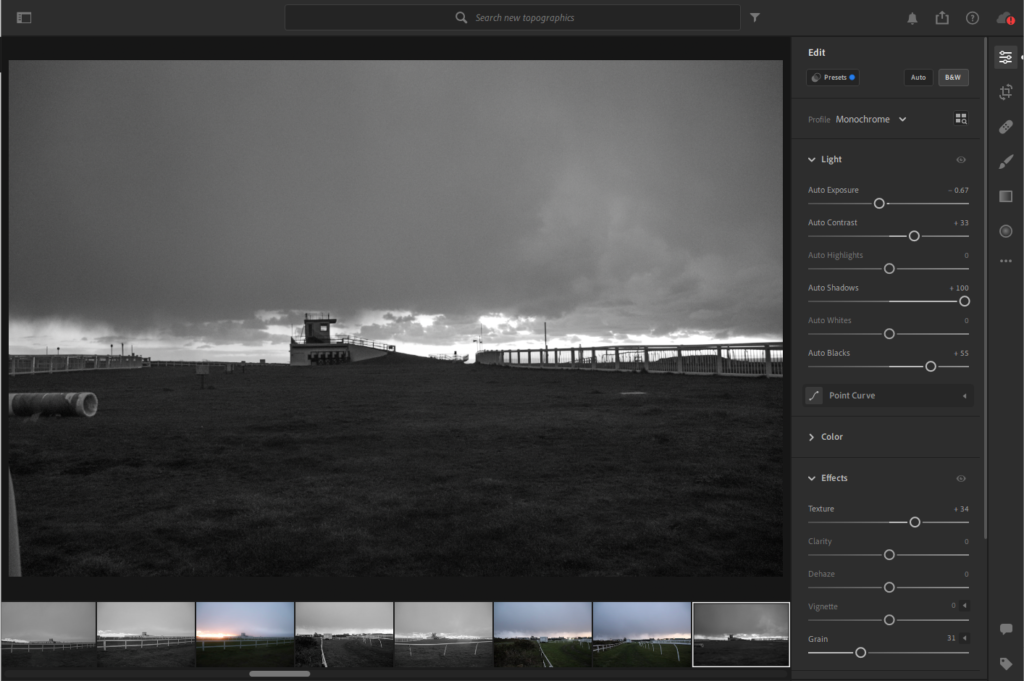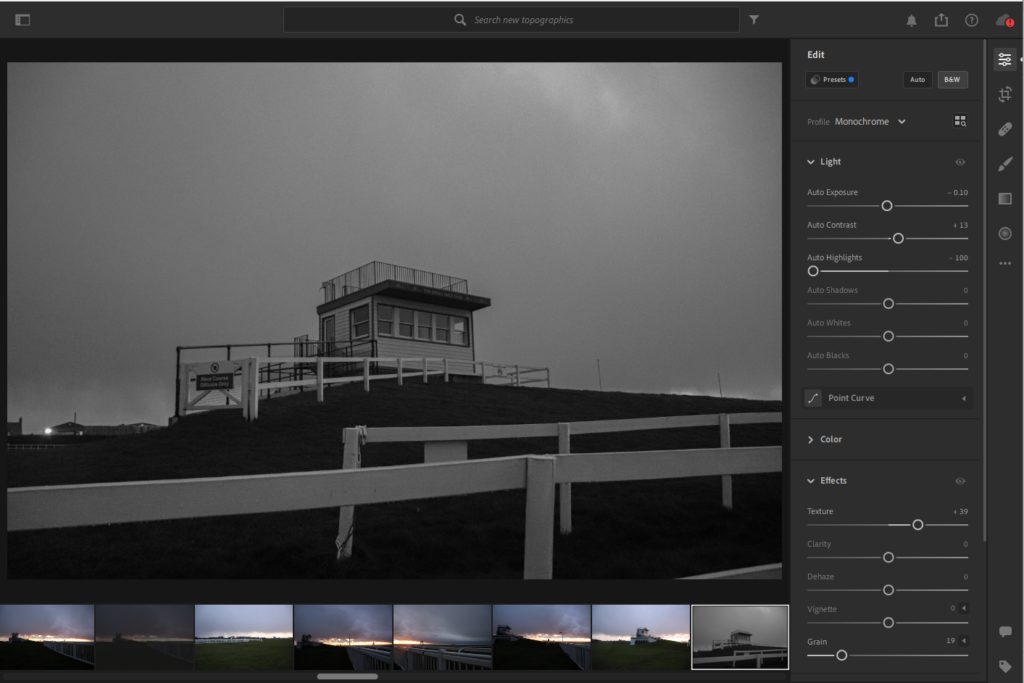About
Robert Hickman Adams was born on May 8,1937 in Orange, New Jersey. Robert contracted polio at the age of 12, in his back, left arm, and hand but was luckily able to recover. Adams would later enrol in the University of Colorado in 1955, and attended it for his first year, but decided to transfer the next year to the University of Redlands in California where he received his B.A. in English. He continued his graduate studies at the University of Southern California and received his PhD in English Literature, in 1965. In 1960, while at Redlands, he met and married Kerstin Mornestam, who shared the same interest in the arts and nature.
In 1963, Adams bought a 35 mm camera and began to take pictures mostly of nature and architecture. He soon read complete sets of Camera Work, Aperture and learned photographic techniques from Myron Wood (a professional photographer who lived in Colorado). In 1966, he began to teach only part-time to have more time to photograph and in 1970, he began working as a full-time photographer.

Image Analysis

With this image, I like how we are shown nature and manmade structures mixing together, with the tree and landscape in the background mixing against the road and house. I also like how the black and white in the image highlight the different tones used.
I also like how we are able to see the horizon in the background as it helps to level out the image. The road in this picture also acts as a leading line to guide the eyes to the main focus of the image.

For this picture, I really like how you are able to see the silhouette of the person through the window as it gives of a feeling of isolation. I also like the black and white of the image as it creates a contrast.
The path leading up to the house creates a leading line directing the viewers eyes to the figure.


